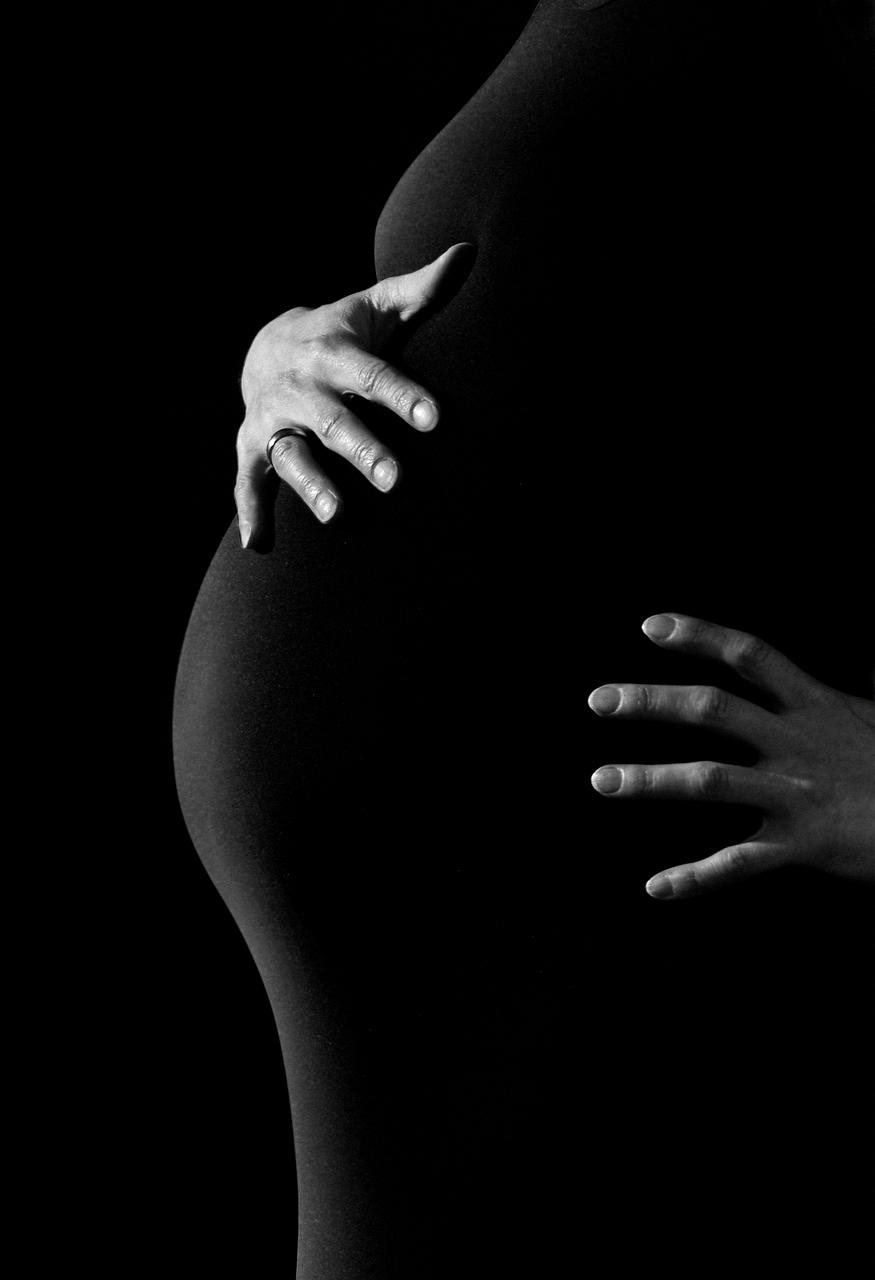Back in the 1800s, the methods utilized to confirm pregnancy may seem archaic and peculiar by today’s standards, but they shed light on the ingenuity and resourcefulness of individuals in the past. One of the most fascinating practices involved injecting a woman’s urine into an immature rat or mouse to determine whether she was pregnant. This unconventional method was rooted in the belief that the presence of certain hormones in pregnant women’s urine would elicit a reaction in the rodent subjects.
Imagine the scene in an era devoid of modern technological advancements in medicine. Detecting pregnancy was not as straightforward as taking a pregnancy test as we do today. Instead, individuals resorted to methods that may appear bizarre to us now but were considered viable options at the time.
While the idea of injecting urine into a rodent may sound peculiar, it was a widely accepted practice in the 1800s. The rationale behind this method was based on the assumption that pregnant women’s urine contained specific substances that could be detected through biological reactions in animal subjects.
The role of the immature rat or mouse in the pregnancy confirmation process was crucial. These animals served as living indicators, reacting in distinctive ways when exposed to the urine of a pregnant woman. By observing the reactions of these creatures, individuals in the 1800s attempted to draw conclusions regarding the pregnancy status of women.
It is essential to recognize the historical context in which these methods were employed. The absence of technological advancements and the limited understanding of reproductive biology during the 1800s necessitated the development of creative yet unconventional approaches to confirming pregnancy.
While the practice of injecting urine into rodents for pregnancy confirmation may seem strange to us today, it underscores the importance of historical perspectives in medical practices. In the absence of modern diagnostic tools, individuals in the past relied on resourcefulness and innovation to address healthcare challenges, including determining pregnancy status.
Considering the limitations of medical knowledge and technology in the 1800s, it is remarkable to reflect on the methods used to confirm pregnancy during that era. The reliance on animals as biological indicators demonstrates the adaptive nature of medical practices and the drive to find solutions to pressing healthcare questions.
Furthermore, the unconventional methods of confirming pregnancy in the 1800s highlight the evolution of medical science and diagnostic techniques over time. While we may view these practices as unconventional or even archaic today, they offer valuable insights into the history of medicine and the continuous quest for improved healthcare practices.
As we examine the unique methods of confirming pregnancy in the 1800s, it is crucial to appreciate the context in which these practices emerged. The historical significance of these methods serves as a reminder of the challenges faced by individuals seeking to understand and address reproductive health issues in the absence of modern medical advancements.
In conclusion, the methods used to confirm pregnancy in the 1800s may appear peculiar and unconventional to us now, but they reflect the resourcefulness and creativity of individuals navigating the complexities of healthcare in a bygone era. The practice of injecting urine into rodents for pregnancy confirmation serves as a testament to the ingenuity of historical medical practices and the enduring quest for knowledge in the field of reproductive health.

